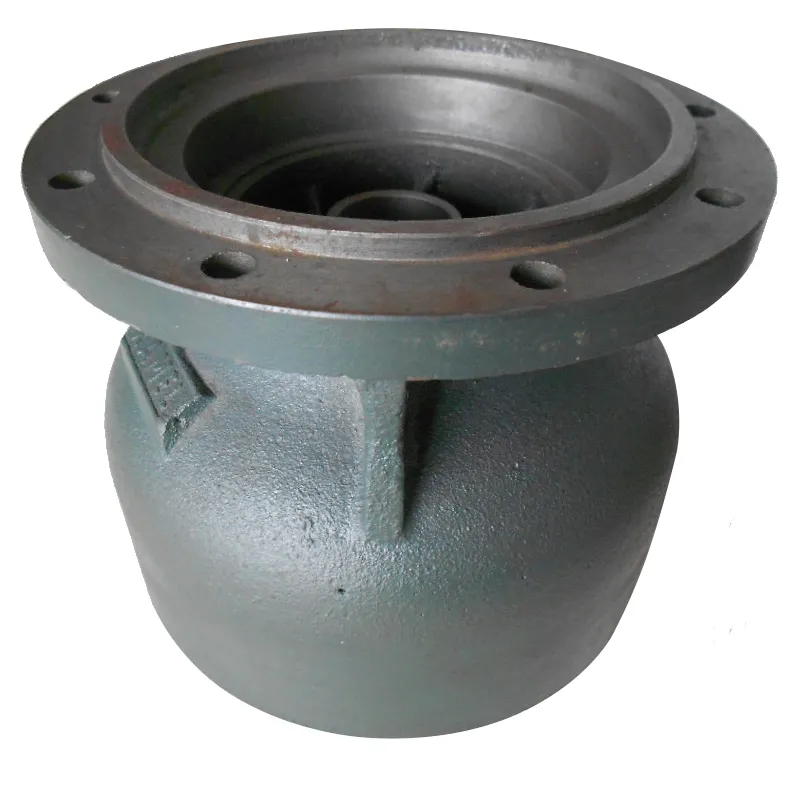Mobile:+86-311-808-126-83
Email:info@ydcastings.com
super alloy casting
Super Alloy Casting Innovations and Applications
Super alloys, often referred to as high-performance alloys, are a class of advanced materials known for their exceptional mechanical strength, oxidation resistance, and ability to withstand extreme temperatures. These properties make super alloys particularly valuable in critical industries such as aerospace, automotive, and power generation. Among the various manufacturing processes used to produce components from these advanced materials, casting has emerged as a front-runner, enabling the production of complex shapes with superior performance characteristics.
Understanding Super Alloys
Super alloys are typically composed of nickel, cobalt, or iron as a base, combined with various alloying elements like chromium, molybdenum, and tantalum. This unique composition helps enhance their properties, allowing them to maintain strength and integrity under high-stress conditions. For instance, nickel-based super alloys are often used in turbine engines where they must endure high temperatures and aggressive environments. The ability to resist deformation and corrosion is crucial, as these alloys must perform reliably in demanding applications.
The Casting Process
Casting super alloys involves pouring molten metal into a mold to create a desired shape. This process can be particularly advantageous for producing complex geometries that might be difficult or impossible to achieve through traditional machining methods. Investment casting, a popular technique for super alloys, is preferred for its ability to create precise and intricate parts with excellent surface finishes.
The investment casting process begins with the creation of a wax pattern that resembles the final product. This pattern is then coated with a ceramic shell, which is subsequently heated to remove the wax and harden the shell. Once prepared, molten super alloy is poured into the shell, filling the cavity created by the wax pattern. After cooling and solidification, the shell is broken away, revealing the cast component.
Advantages of Super Alloy Casting
1. Complex Geometries The casting process allows for the production of intricate shapes that can optimize fluid flow and reduce weight, especially important in aerospace applications where every gram counts.
2. Superior Surface Finish Investment casting provides a smooth surface finish on components, reducing the need for extensive post-processing and improving the overall performance and efficiency of the part.
3. Material Efficiency The casting process often results in minimal waste compared to machining, as larger blocks of material are not needed to create parts, leading to more sustainable production practices.
super alloy casting

4. High-Performance Properties Components produced from super alloys through casting exhibit enhanced performance due to refined microstructures achieved during solidification. These microstructures contribute to improved mechanical properties, such as tensile strength and fatigue resistance.
Applications Across Industries
Super alloy castings find applications in several key sectors
- Aerospace Turbine blades, combustor liners, and heat exchangers made from super alloys play critical roles in jet engines, where extreme temperatures and pressures are prevalent.
- Power Generation Gas and steam turbines utilize super alloy cast components to improve efficiency and reduce emissions, enhancing the sustainability of energy production.
- Automotive High-performance vehicles leverage super alloy castings for engine components that must withstand intense thermal cycles and mechanical stresses.
- Oil and Gas Super alloys are employed in downhole applications and drilling equipment, where corrosion resistance and longevity are essential for operational success.
Future Directions
As industries increasingly demand high-performance materials capable of withstanding new challenges, the development of super alloys and their casting techniques will continue to evolve. Research is ongoing to enhance their properties further, focusing on aspects like additive manufacturing and advanced heat treatment processes, which could open new avenues for applications across various fields.
In conclusion, super alloy casting represents a vital intersection of material science and manufacturing technology, offering innovative solutions to meet the rigorous demands of modern engineering applications. With continued advancements, the potential for super alloy castings only seems poised to grow, maintaining their critical role in driving progress in numerous high-tech industries.
-
What Makes Stainless Steel Pump Casting Essential for Modern Industries?NewsJul.14,2025
-
Revolutionize Your Engine Maintenance with Premium Aluminum and Cast Iron ComponentsNewsJul.14,2025
-
Precision Flow Engineering Starts with the Right Pump ComponentsNewsJul.14,2025
-
Maximize Efficiency: Explore Reliable Containment and Crop SolutionsNewsJul.14,2025
-
Discover Superior Performance with Advanced Turbo ComponentsNewsJul.14,2025
-
Boost Fluid Dynamics with Precision-Engineered Pump ComponentsNewsJul.14,2025











